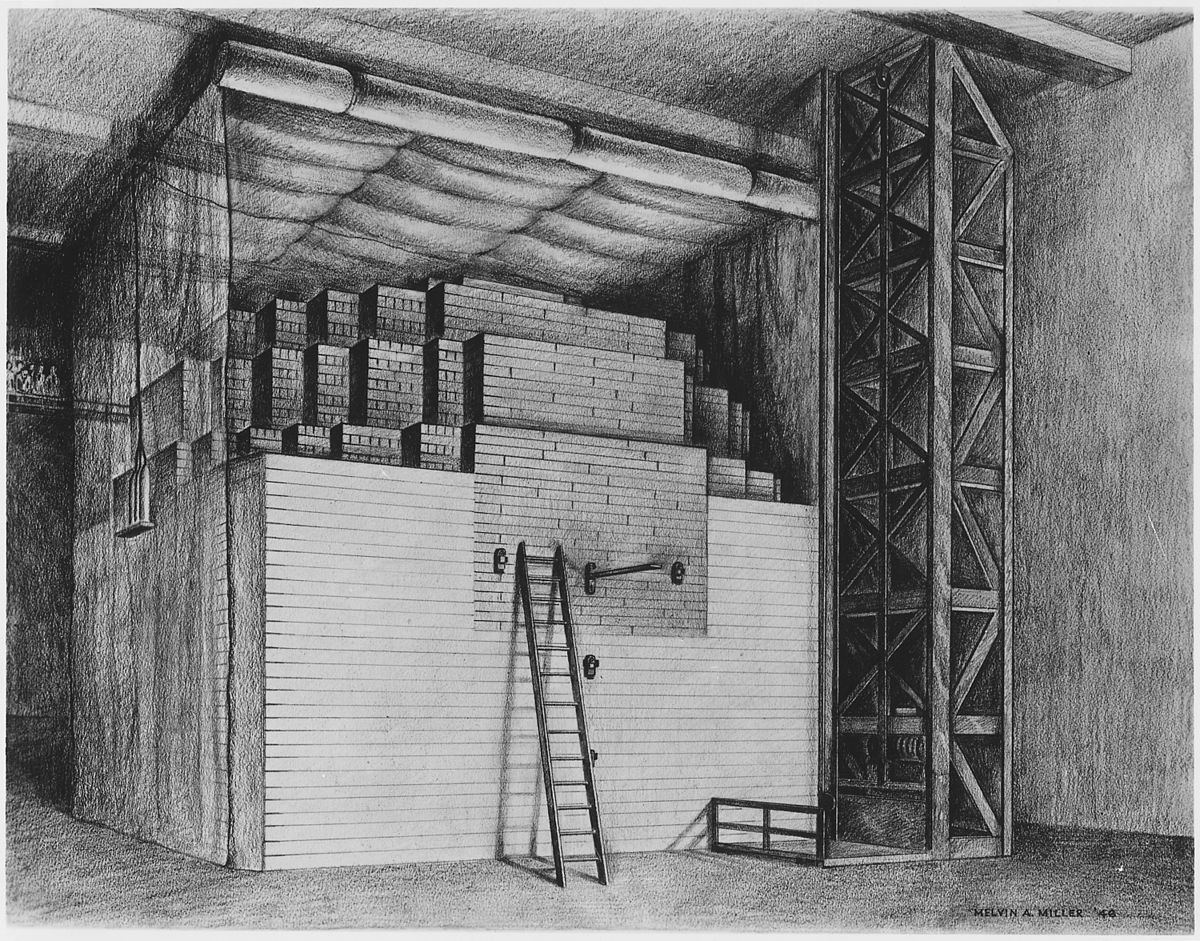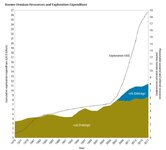Bomb#20
Contributor
- Joined
- Sep 27, 2004
- Messages
- 9,608
- Location
- California
- Gender
- It's a free country.
- Basic Beliefs
- Rationalism
It's from your link. 90 years is how long he says proven uranium reserves would last at the current rate of use. 5% is how much of our remaining fossil fuels he says that's equivalent to. 7 is how many times more energy supply than our remaining fossil fuels he says using breeder reactors would turn the proven reserves of uranium into. So I did the arithmetic.???90 * (1/5%) * 7 = 12600
Oh my god, the US government is US-focused! Oh my god, Americans aren't paying much attention to the rest of the world! I'm shocked, shocked!Stupid Yankees! The US Nuclear Regulatory Commission says uranium needs to be enriched before it can be used ( see Uranium Enrichment).An expert would know native "too dilute" natural uranium works just fine in a nuclear reactor. If he told the Canadians it must be enriched to become viable they'd roll their eyes and go right on powering their cities with the same natural uranium reactors they've been using for decades. What "must be" done to get a reactor to work depends on the reactor; not everybody builds their reactors to American designs.

You didn't google "Canadian nuclear reactors"?Maybe we should all write to them and tell them they are full of baloney. Can you give us a credible source that refutes their claim?
Nuclear power in Canada - Wikipedia
"All currently operating Canadian nuclear reactors are a type of pressurized heavy-water reactor (PHWR) of domestic design, the CANDU reactor. CANDU reactors have been exported to India, Pakistan, Argentina, South Korea, Romania, and China. While there are (as of 2022) no plans for new CANDUs in Canada or elsewhere, Canada remains a technology leader in heavy water reactors and natural uranium fueled reactors more broadly. ...
Building partly on the experimental data obtained from ZEEP, the National Research Experimental (NRX)—a natural uranium, heavy water moderated research reactor—started up on July 22, 1947. ...
The 20 MWe NPD started operation in June 1962 and demonstrated the unique concepts of on-power refuelling using natural uranium fuel, and heavy water moderator and coolant. These features formed the basis of a fleet of CANDU power reactors ..."
Building partly on the experimental data obtained from ZEEP, the National Research Experimental (NRX)—a natural uranium, heavy water moderated research reactor—started up on July 22, 1947. ...
The 20 MWe NPD started operation in June 1962 and demonstrated the unique concepts of on-power refuelling using natural uranium fuel, and heavy water moderator and coolant. These features formed the basis of a fleet of CANDU power reactors ..."
(I'd also point out that the fact that unenriched uranium can be used should be painfully obvious even to infamously provincial Americans, since the Manhattan Project built its first reactor in 1942.

Chicago Pile-1 - Wikipedia
"The reactor used natural uranium."
Obviously so, since in 1942 enriched uranium existed only in milligrams. But of course that was a research reactor, not a power-generation reactor.)
For sufficiently difficult values of "easily". Yes, diversion is a concern, but some breeder designs are more resistant to it than others. Here's one that's been proposed:We know how to build breeder reactors.
Yes, that is one way to get around potential shortages of uranium. It is very risky, because the plutonium produced can easily be made into nuclear bombs, but yes that is an option.


